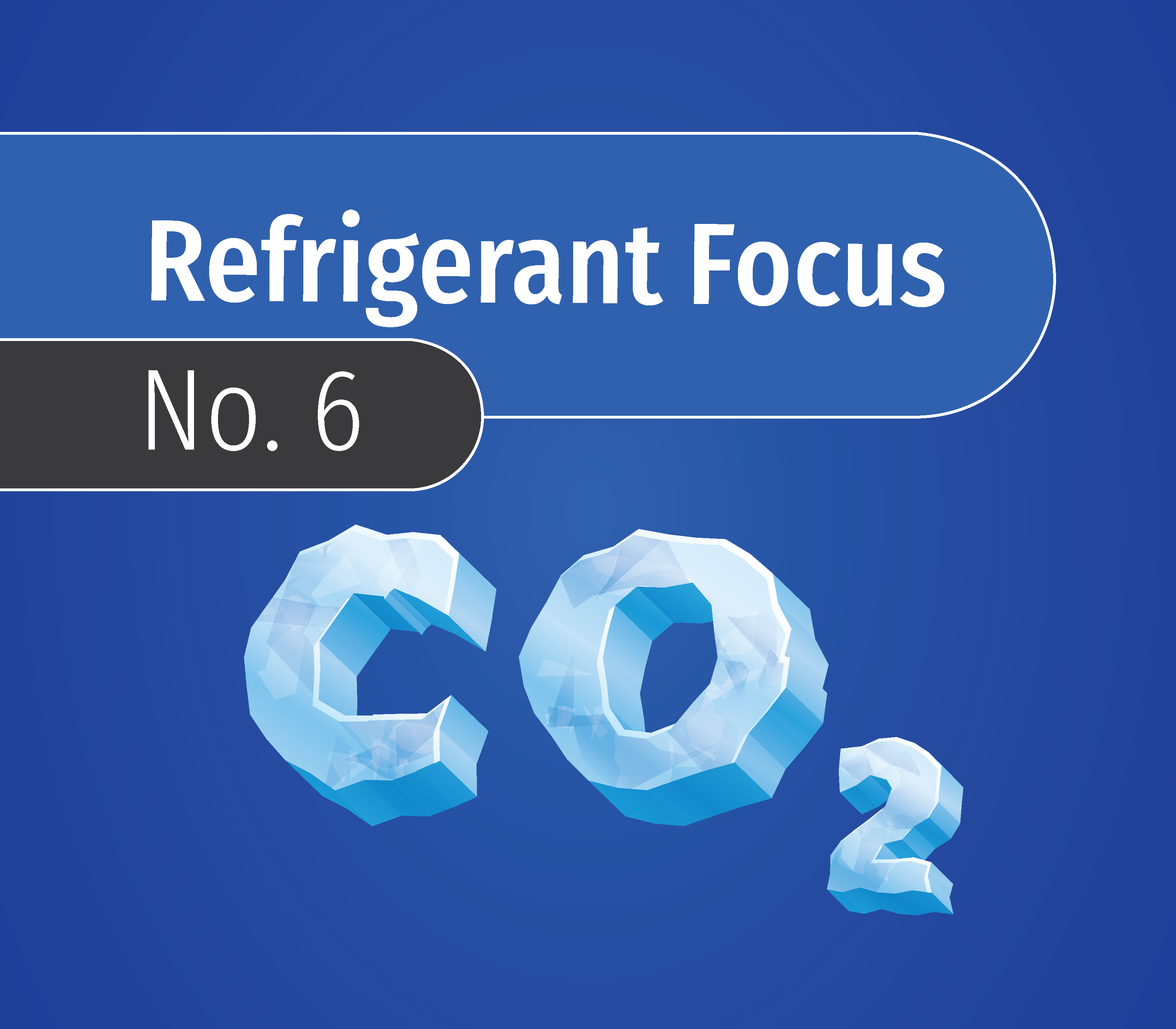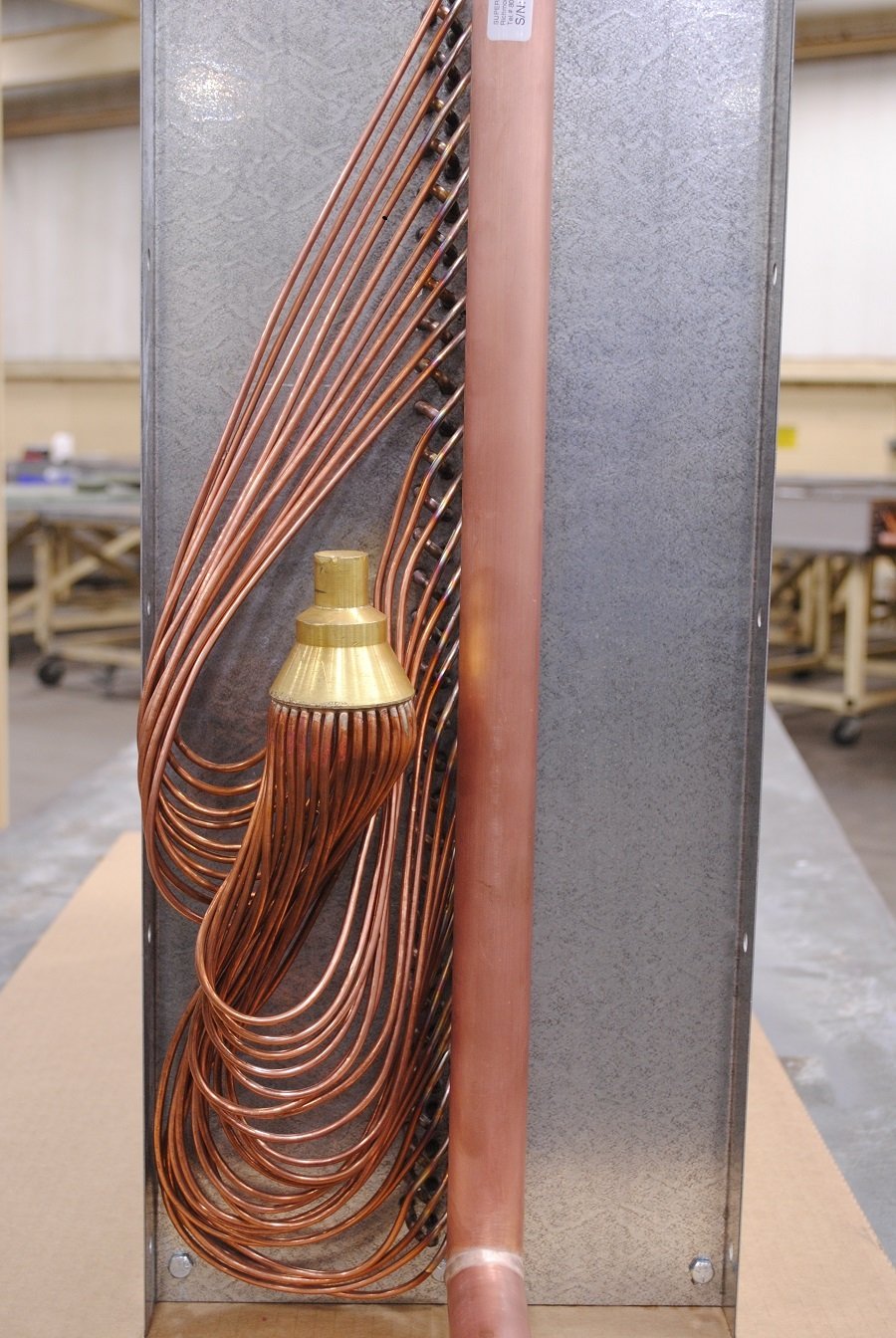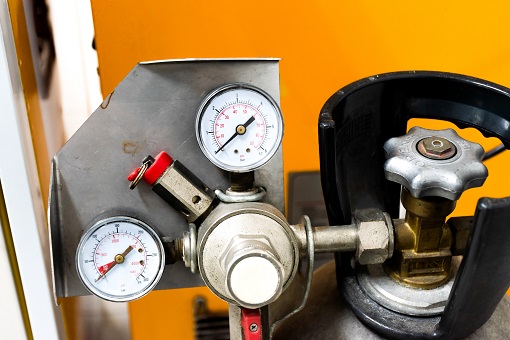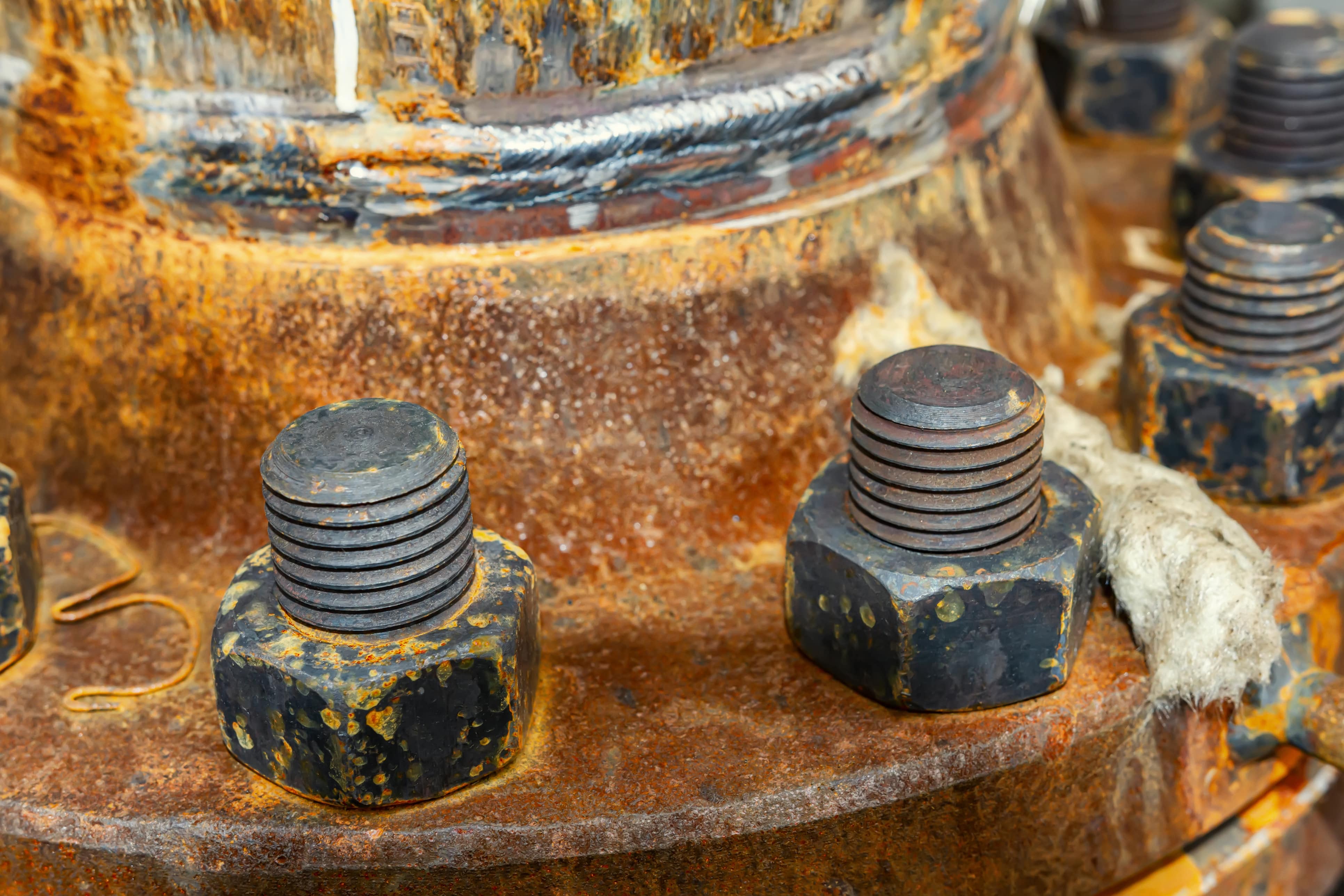In some cases, a 5mm copper tube, aluminum fin coil is a more durable and versatile alternative to microchannel designs. At SRC, we can match microchannel performance with 5mm Cu/Al for predetermined dimensions and conditions. Check out the video below to see Ken Allen, SRC's Southeast Regional Sales Manager, walk through that process in Enterprise, SRC's coil selection software.
Something Powerful
Tell The Reader More
The headline and subheader tells us what you're offering, and the form header closes the deal. Over here you can explain why your offer is so great it's worth filling out a form for.
Remember:
- Bullets are great
- For spelling out benefits and
- Turning visitors into leads.



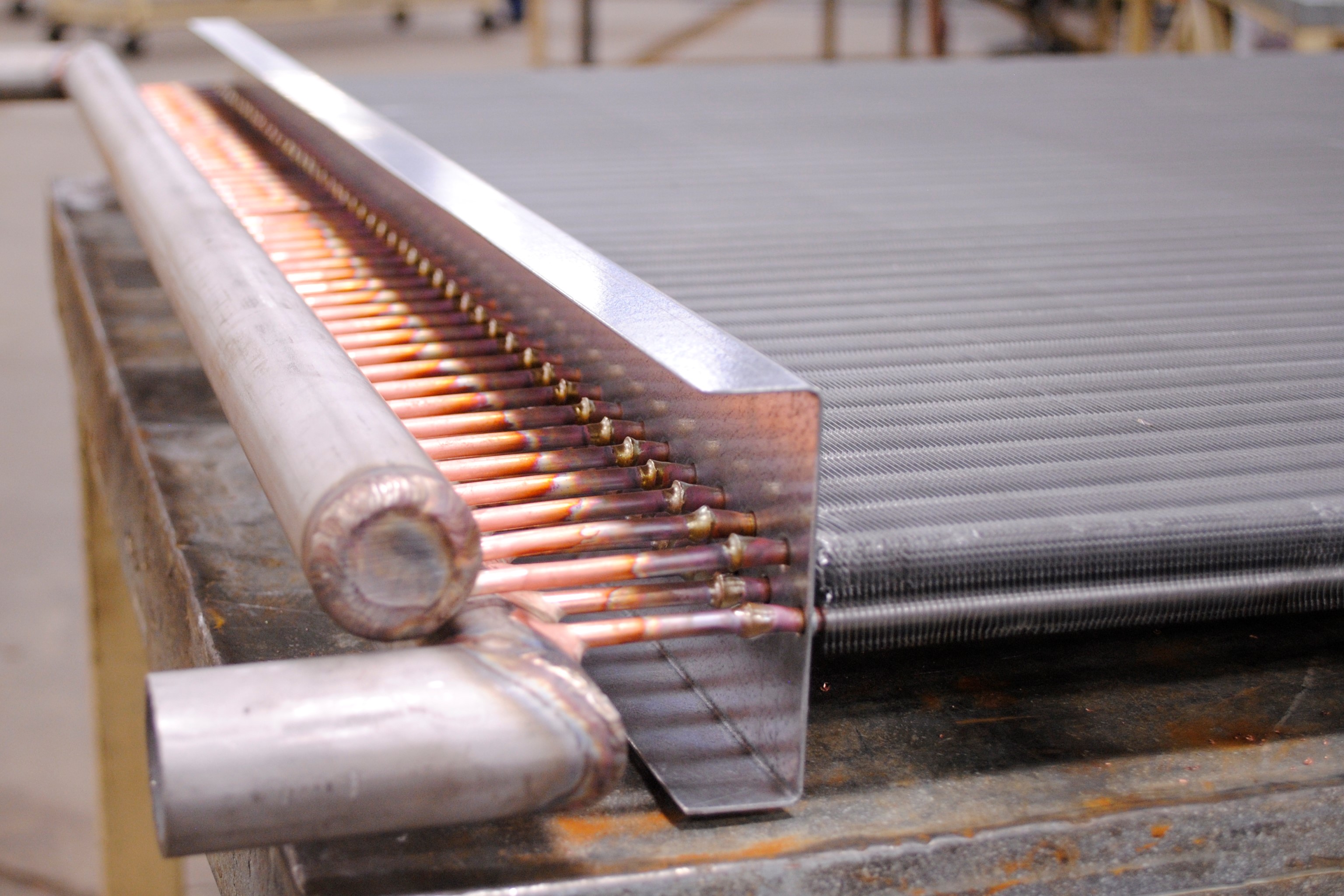
-min.png)
